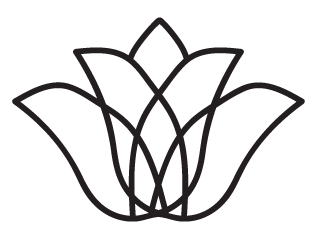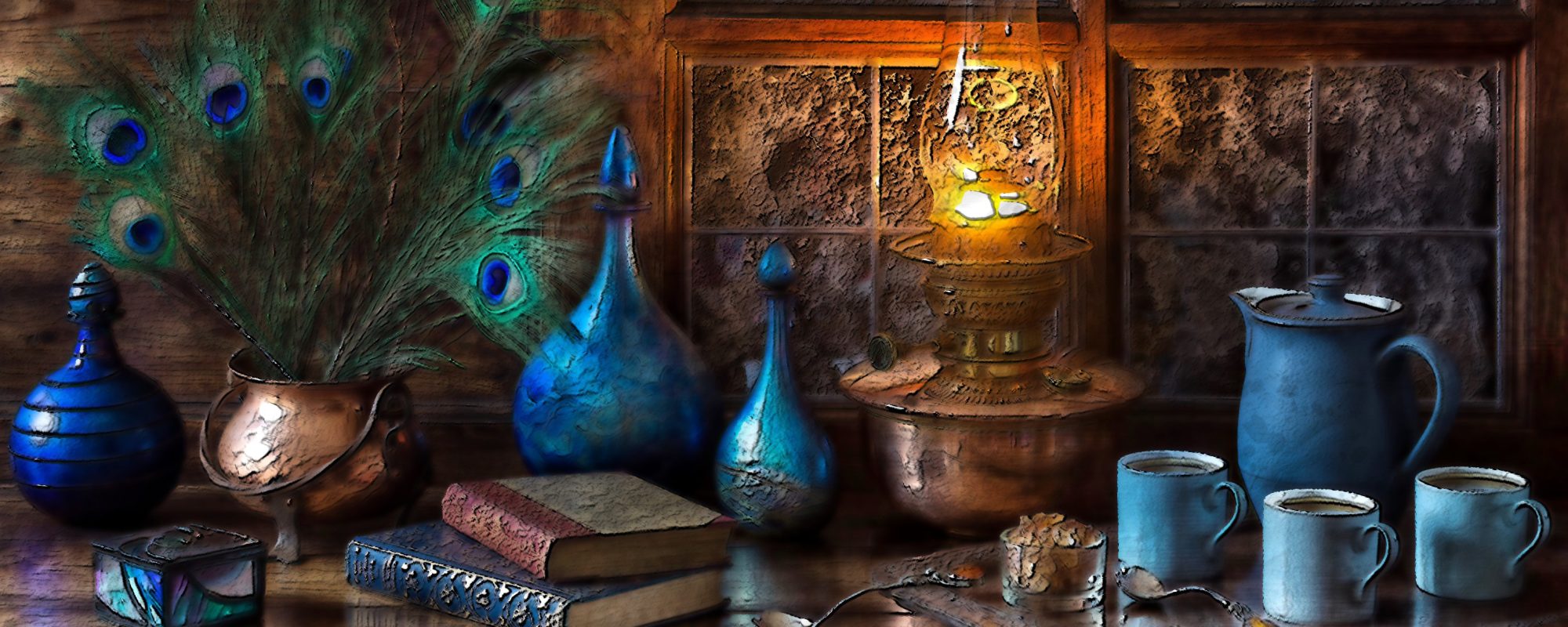“You’ve moved away from each other. You’ve torn apart your families, disassembled your smaller communities in favor of huge cities. In these big cities, there are more people, but fewer ‘tribes’, groups, or clans where members see their responsibility as including the responsibility for the whole. So, in effect, you have no elders. None at arm’s reach in any event.”
Neal Donald Walsh
I grew up dismissing the value of what my ancestry had to offer me, which was overshadowed by a patriarchal system that defines women from that point of view. I was influenced by a young and modern generation that assumed they had life figured out, and as a result, tended to ignore the older generation’s way of thinking.
But shortly after I became a mother, things changed. I began searching into my personal genealogy and quickly became fascinated by what I discovered about my ancestors’ cultural identity, my “tribe” whose tribal ways date back thousands of years. Within a decade, I awoke to answers I’d been looking for: Who am I? Who are my people? I already knew where I came from – Iraq, but the physical distance between that place and myself and the human misery associated with it, kept me from truly understanding and appreciating its ancient history, culture, and language.

My research shed light on my people, the Chaldeans, an indigenous Aramaic-speaking group whose lineage dates back to ancient Mesopotamia, and it shifted my views. In television and movies, tribal lifestyles are stereotyped as backwards or romanticized as mysterious and belonging to uncontacted tribes. I soon realized that if not documented, the rewarding side of this ancient tradition will be wasted. So in 2007, I began filming a documentary that included interviews and archival footage. I interviewed my mother, sisters, nieces, cousins, and uncle’s wives about how it feels, as women, to live tribally in a democracy. They shared their perspectives, how, despite their assimilation to the westerner lifestyle, they continue to be connected to their instinctual tribal ways that most people repress in civilized life. They embodied an East-West wisdom that we are all in need of today. I called the documentary Living Tribal in a Democracy.
Over a decade has passed since I began the documentary. Between raising my children, working on various creative projects, and caring for my elderly mother who lived with us, I worked on it sporadically. After my mother passed away in February 2019, I screened and discussed a ten-minute segment of my documentary at Wayne State University at an event called Creative Many. The story received positive feedback and the organizers encouraged me to continue with the project. That’s when I realized it was time to revisit and complete the work. The community’s cultural identity endangered, I felt it especially important to systematize the memories of its people and heritage.
This is when I realized that the story also needs to be written into a book that, similar to the documentary, explores the role that ancient Mesopotamia played in the birth of our contemporary culture. In this book, I show that, although women played a major role in building the cradle of civilization, the rulers of that region tried to destroy/hide that knowledge. This great loss has had consequences for the world.
The book raises the following questions, which I myself, as someone living tribal in a democracy, struggled with for decades and went to great lengths to find the answers: Are tribal societies models for future societies? How can tribalism and democracy coexist? Would it do the world good to return to some of the old ways, with smaller communities, a higher regard for feminine sacredness, the family system, and the elderly? How can we learn from the ancients, who are often romanticized as warriors or noble savages and we assume live in faraway or remote lands, in the jungles of Peru or in restricted areas such as Indian reservations, and neglect to see their presence in our backyard? Are we aware they do live with us here today? What was the role of women in ancient Mesopotamia, where once upon a time, kings attributed their right to rule through their official marriage to the goddess?

Some of this material became the topic of my book Mesopotamian Goddesses. The rest I bundled up in my upcoming book Little Baghdad: A Memoir About an Indigenous People in an American City, which will be published by the end of this year. As for the documentary, the completion and release of that project is still to be determined. Meanwhile, it’s shelved among my umpteen projects that want to bring to memory the wisdom and importance of ancient ways which revered nature, feminine sacredness, and community.
Once someone asked me why I felt I needed to write so many books. I thought it was a strange question. Would someone ask a surgeon why there was a need to perform operations on a regular basis or a teacher, or any other profession? Still, I reflected on that question and realized that part of the joy in writing my stories is the self-discovery that occurs in the process. How can you connect to the power of your own lineage and discover the richness, beauty and wisdom as well as the wounds and traumas that lie there? Your lineage doesn’t have to be physical heredity, but can be a spiritual lineage. Looking at your heritage will help you come to terms with and understand who you really are, what role you play in the story you’re in, and how to change, if you so desire.
Every month, I interview remarkable individuals on a weekly basis for the Virtual Discussion Series in partnership with Unique Voices in Films, the Chaldean Cultural Center, CMN TV and U of M [Detroit Center].
Check out my YouTube channel where you can watch the interviews live and subscribe. Be sure to set reminders/alerts so you can stay updated on Live and uploaded content.
You can also now find me on Tik Tok, where I’m letting loose and sharing morsels of my life.




















